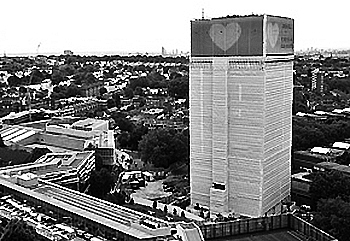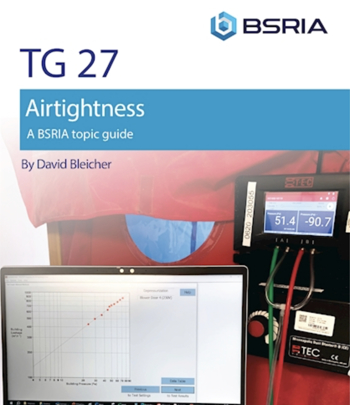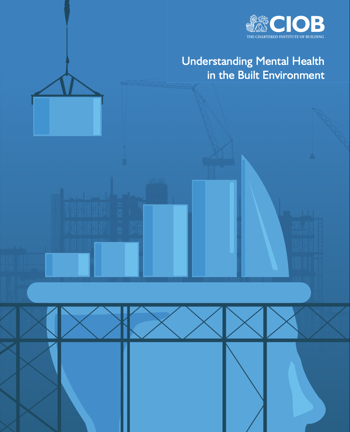Building energy models
Contents |
[edit] Background
The first
[edit] Terms
[edit] Energy Performance Certificate
Energy performance certificates (EPCs), set out the energy efficiency rating of buildings from A (most efficient) to G (least efficient) and are valid for 10 years. They are required when buildings are built, sold or rented, if they have a roof and walls and use energy to condition an indoor climate. If a building contains separate units (for example a block of flats), each unit needs an EPC, but they are not required for shared bedsit type accommodation. An EPC contains information about a property’s energy use and typical energy costs and recommendations about how to reduce energy use and save money. EPCs are calculated using a building energy spreadsheet model calyed the Standard Assessment Procedure (SAP) for new buildings and a reduced version of the same RdSAP for existing buildings.
[edit] DEC
Display energy certificates (DEC's) show the energy performance of a building based on actual energy consumption. For certain types of building, they must be displayed prominently in a place visible to the public and are intended to raise public awareness of the energy use of buildings.
[edit] Minimum energy efficiency standard (MEES)
[edit] Home Energy Model
The Home Energy Model, or HEM, is to be introduced in the UK to replace the Standard Assessment Procedure (SAP), which is currently used to demonstrate that new homes comply with Part L of the Building Regulations and to produce EPC's. HEM is still under development and is intended to be implemented alongside the Future Homes Standard in 2025. Alongside this the government is consulting on changes to the requirements for EPCs and DECs (see Brief notes on proposed changes to EPCs)
[edit] Future Homes Standard assessment
[edit] SAP
The Standard Assessment Procedure (SAP) is the UK Government’s National Calculation Methodology for assessing the energy performance of dwellings. It is used to facilitate various national, devolved and local government policies including Building Regulations and for the production of Energy Performance Certificates (EPCs).
SAP was first published in 1993, but has since been updated regularly, with new versions published in 1998, 2001, 2005, 2009 and 2012. SAP 10 came into use from June 2022 in England, then in Wales and Scotland later in the year.
The current version of SAP is SAP 10.2
Dwelling Emission Rate (DER).
Target Emission Rate (TER)
Target Fabric Energy Efficency TFEE
The Dwelling Fabric Energy Efficiency (DFEE)
[edit] RdSAP
Reduced data SAP (RdSAP) was introduced in 2005 as a simpler and lower cost method for assessing existing dwellings. An RdSAP assessment will use a set of assumptions about the dwelling, reducing the volume of data an energy assessor must collect.
The current version of RdSAP is RdSAP 2012.
[edit] BRE Domestic Energy Model (BREDEM)
[edit] PHPP,
[edit] ESP-r
ESP-r is an open-source building performance simulation software developed as a research tool. It was originally authored by Professor Joe Clarke at the University of Strathclyde in Glasgow Scotland in the mid 1970s, to support dynamic, first principles assessments of building physics across multiple domains.
It has been further developed by numerous researchers since its first inception and was moved from the University of Strathclyde to a public repository in 2002. In simple terms everything in the tool is represented as a finite volume which preserves a mass and energy balance at each time step, the complexity is very much up to the user.
[edit] new HEM
[edit] Related articles on Designing Buildings
- Accredited energy assessor.
- Air tightness.
- Are Energy Performance Certificates accurate?
- BS EN 15232 Energy performance of buildings: impact of building automation, controls and building management.
- Building performance.
- Building performance metrics.
- Carbon ratings for buildings.
- Certificates in the construction industry.
- CRC Energy Efficiency Scheme.
- Display energy certificate.
- Emission rates.
- Energy certificates for buildings.
- Energy efficiency of traditional buildings.
- Energy performance certificate EPC.
- Energy Performance of Buildings Directive.
- Energy related products regulations.
- Energy Savings Opportunity Scheme.
- Energy targets.
- Green mortgage.
- Home information pack HIP.
- Homebuyer Report.
- How are EPCs produced?
- How much does it cost to sell my home.
- Listed buildings.
- Minimum energy efficiency standard (MEES).
- Minimum energy efficiency standard regulations for domestic and non-domestic buildings.
- NABERS UK.
- National Calculation Method.
- National Retrofit Strategy NRS.
- Non-domestic private rented property minimum standard.
- Passivhaus vs SAP.
- Performance gap.
- Private rented sector regulations and traditional buildings.
- Retrofit.
- Simplified Building Energy Model.
- The EPC consultation in the context of changes to the NCM.
- The Home Energy Model and Future Homes Standard assessment wrapper.
- U-value conventions in practice: Worked examples using BR 443.
- Energy performance certificate EPC.
Featured articles and news
The UK's Modern Industrial Strategy: A 10 year plan
Previous consultation criticism, current key elements and general support with some persisting reservations.
Building Safety Regulator reforms
New roles, new staff and a new fast track service pave the way for a single construction regulator.
Architectural Technologist CPDs and Communications
CIAT CPD… and how you can do it!
Cooling centres and cool spaces
Managing extreme heat in cities by directing the public to places for heat stress relief and water sources.
Winter gardens: A brief history and warm variations
Extending the season with glass in different forms and terms.
Restoring Great Yarmouth's Winter Gardens
Transforming one of the least sustainable constructions imaginable.
Construction Skills Mission Board launch sector drive
Newly formed government and industry collaboration set strategy for recruiting an additional 100,000 construction workers a year.
New Architects Code comes into effect in September 2025
ARB Architects Code of Conduct and Practice available with ongoing consultation regarding guidance.
Welsh Skills Body (Medr) launches ambitious plan
The new skills body brings together funding and regulation of tertiary education and research for the devolved nation.
Paul Gandy FCIOB announced as next CIOB President
Former Tilbury Douglas CEO takes helm.
UK Infrastructure: A 10 Year Strategy. In brief with reactions
With the National Infrastructure and Service Transformation Authority (NISTA).
Ebenezer Howard: inventor of the garden city. Book review.
The Grenfell Tower fire, eight years on
A time to pause and reflect as Dubai tower block fire reported just before anniversary.
Airtightness Topic Guide BSRIA TG 27/2025
Explaining the basics of airtightness, what it is, why it's important, when it's required and how it's carried out.
Construction contract awards hit lowest point of 2025
Plummeting for second consecutive month, intensifying concerns for housing and infrastructure goals.
Understanding Mental Health in the Built Environment 2025
Examining the state of mental health in construction, shedding light on levels of stress, anxiety and depression.





















